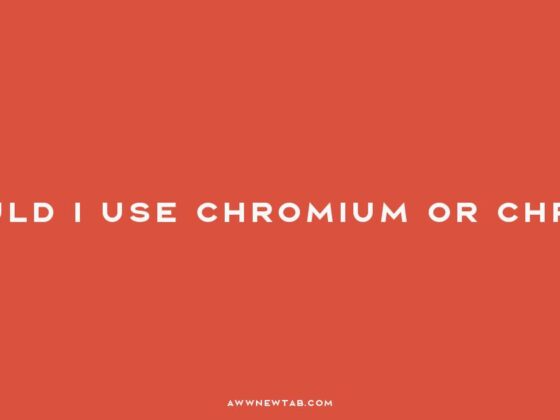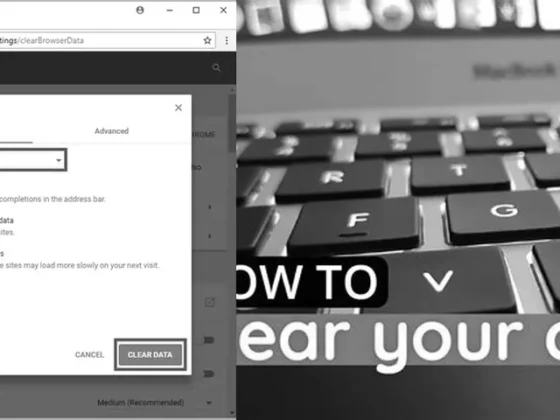What Sets Google Wallet Apart from Google Pay? Unveiling the Key Differences – Are you confused about the difference between Google Wallet and Google Pay? Don’t worry, you’re not alone! With so many digital payment options available today, it can be challenging to keep track of them all. But fear not, because in this blog post, we’re going to break down the similarities and differences between these two popular payment platforms. So, whether you’re a tech-savvy individual looking for a convenient way to make payments or a business owner exploring digital payment options, this article is for you. Let’s dive in and unravel the mystery behind Google Wallet and Google Pay!
Understanding Google Wallet and Google Pay
Google’s approach to digital payments and wallet services can be a bit perplexing at first glance. As seasoned users of Google’s suite of products know, Google Wallet and Google Pay serve distinct purposes while also working in tandem to provide a seamless payment experience. By dissecting their features, compatibility, and usability, we can understand the nuances that differentiate these two services.
Functionality of Google Wallet and Google Pay
At the heart of Google’s payment ecosystem, Google Wallet acts as a digital vault. It is designed to securely store a variety of items including payment methods, boarding passes, event tickets, car keys, and even identification cards. This versatility makes it a comprehensive tool for managing important digital assets beyond just financial transactions.
Conversely, Google Pay focuses on the transactional aspect of the digital payment experience. It enables users to make purchases online, within apps, and at physical locations that support tap-to-pay functionality. It’s the go-to service when ease and speed of payment are paramount.
Compatibility and Accessibility
- Google Wallet’s NFC Limitation: Near Field Communication (NFC) technology is central to Google Wallet’s contactless payment capability. However, this also means that devices without NFC cannot utilize Google Wallet for in-store payments.
- Wide Compatibility: Despite this limitation, both Google Wallet and Google Pay boast broad compatibility across devices, ensuring that most users with modern smartphones can access their services.
Security Measures
Security is paramount in any financial service, and both Google Wallet and Google Pay have integrated multiple layers of security to protect user data and transactions. These measures are designed to maintain the confidentiality and integrity of your personal and financial information.
Setting Up Contactless Payments
Google Pay simplifies the checkout process, but when it comes to contactless payments, it delegates the task to Google Wallet. Users are redirected to Google Wallet to configure their contactless payment settings. This may seem like an additional step, but it centralizes the contactless payment functionality within one application, streamlining the user experience.
Contactless Payments Without the Apps
Interestingly, even if you remove both Google Pay and Google Wallet apps from your device, contactless payments remain possible via Google Wallet. This is in part due to the fact that the payment information is securely stored and tokenized within the device’s secure element, ensuring that your payment method is not dependent on the presence of the app itself.
Geographical Availability and Bank Partners
Google Pay’s availability varies by country, with certain regions having limited or no access to the service. Additionally, the list of banks and financial institutions that support Google Pay is not exhaustive, which can be a limiting factor for some users.
Additional Uses Beyond Payments
Both services transcend the traditional wallet by offering additional functionalities. Google Wallet’s strong recordkeeping capabilities allow users to track their transactions and passes with ease, while Google Pay’s integration with public transit systems in some regions exemplifies its utility beyond retail transactions.
Bank Account Transfers and Transaction Speed
Transferring money to and from a bank account using Google Wallet can be a slow process, depending on various factors such as bank policies and transaction amounts. This is an important consideration for users who prioritize transaction speed.
Effortless Payments with Google Wallet
The convenience of Google Wallet is highlighted by the fact that users don’t need to open the app to make a payment. For small transactions, typically, there’s no need to unlock the phone, making it quicker to pay for everyday purchases.
Recordkeeping and Financial Management
Google Wallet’s strong recordkeeping feature is invaluable for those who meticulously manage their finances. The ability to track your spending within the app can aid in budgeting and financial planning.
Comparing Convenience and User Experience
When it comes to the user experience, both Google Wallet and Google Pay are designed with convenience in mind. However, their roles in the payment process are distinct. Google Wallet is your digital repository, while Google Pay handles the transaction itself. This separation allows users to manage and pay with ease, depending on their immediate need.
Final Thoughts on Google Wallet and Google Pay
In summary, Google Wallet and Google Pay are two sides of the same coin. Google Wallet serves as a versatile digital container for various items and is essential for contactless payments. Google Pay, on the other hand, streamlines online and in-app purchases, as well as tap-to-pay transactions. Despite their differences, both offer robust security, convenience, and a step towards a more integrated digital financial ecosystem.
Understanding their distinctive roles and capabilities is key to making the most out of each service. Whether it’s keeping all your passes in one place with Google Wallet or enjoying the swift checkout process with Google Pay, Google’s digital payment solutions are designed to cater to a wide array of needs and preferences.
As with any financial tool, it’s important to consider your personal requirements and the specific context in which you’ll be using these services. By leveraging the strengths of both Google Wallet and Google Pay, users can enjoy a more organized, secure, and efficient payment experience in the digital age.
FAQ & Related Questions about Google Wallet and Google Pay
Q: What is Google Wallet?
A: Google Wallet is a secure and private digital wallet that stores forms of payment, passes, tickets, keys, or IDs.
Q: What is Google Pay used for?
A: Google Pay is used to easily pay for purchases online, in apps, and when tapping to pay at places where Google Pay is accepted.
Q: Do I need both Google Pay and Google Wallet?
A: No, only Google Wallet is needed for contactless payments. Google Pay simply redirects users to Google Wallet for setting up contactless payments.
Q: Can I still do contactless payments via Google Wallet if I delete the Google Pay and Wallet apps?
A: Yes, depending on your phone, you can still do contactless payments via Google Wallet even if you delete the Google Pay and Wallet apps.


